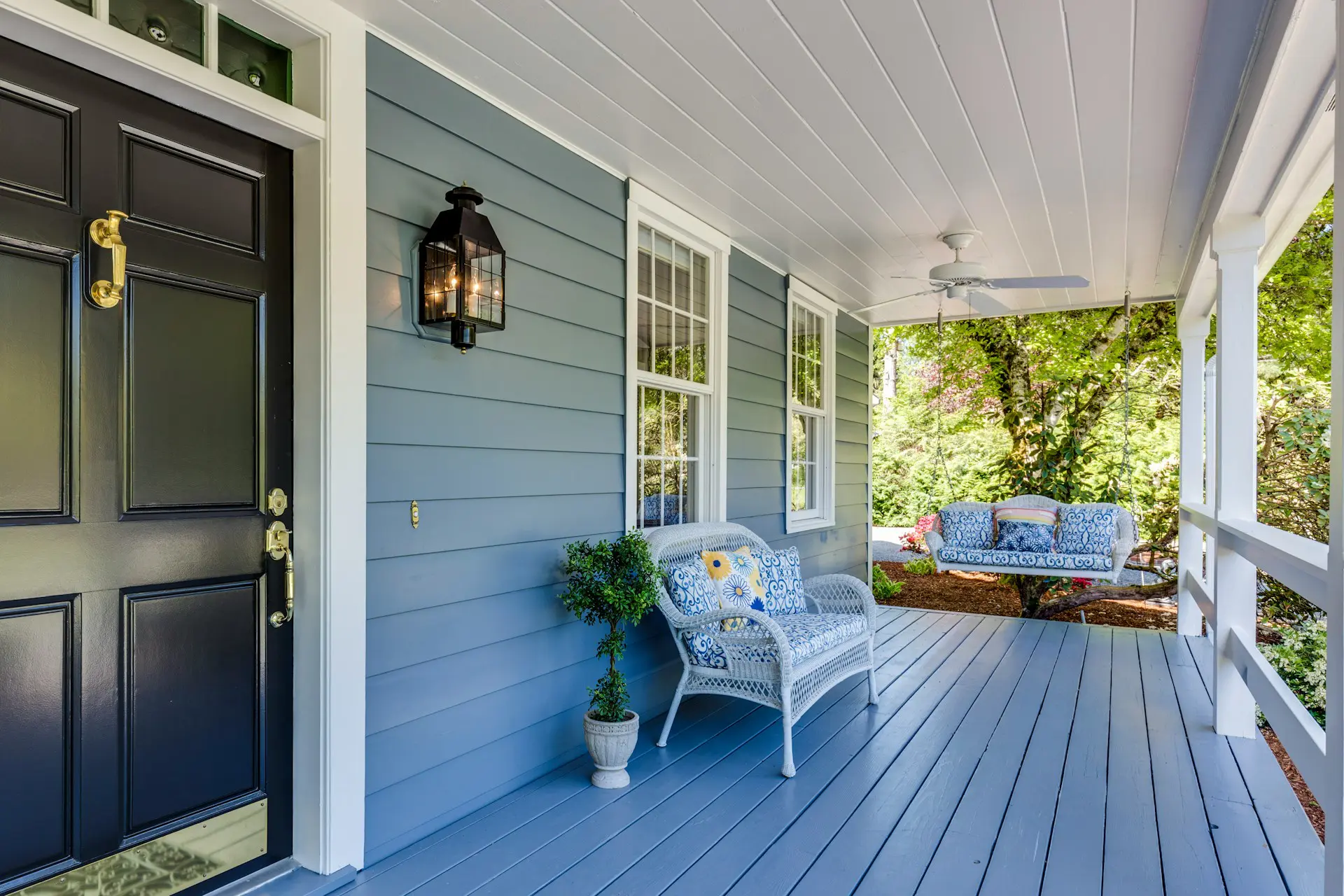Exterior Home Painting: 10 Things You Need to Know First

Depending on the way you go about the job, painting the exterior of your home can be anything from a real joy to an unmitigated nightmare. On which side of the scale it lands…well, most of it comes down to you and the decisions/actions you take along the way.
On the plus side, it doesn’t have to be nearly as arduous or difficult as you might expect. For the most part, there are just 10 important things you need to bear in mind, before getting started.

Proceed in accordance with the following for the best possible chance of a successful outcome and an easy ride:
-
Consider Nature
First of all, you need to plan well ahead when it comes to exterior painting. The reason being that local weather patterns at the time you decide to go ahead can and will have a marked impact on pretty much everything. You should be avoiding times of year when humidity is particularly high, or there is a higher chance of rain.
-
Quality Vs Price
When it comes to choosing exterior paint, you’ll have the choice of focusing on either quality or price. While it looks like most paints on the market do exactly the same job, it’s worth remembering that with higher quality paint you’ll not only get better coverage, but also find yourself having to repaint your property less regularly. It might be more expensive at the time, but superior quality paint generally delivers vastly superior value for money.
-
Sand and Wash
Preparation is of the utmost importance as even the best paint will not stick properly to services that are dirty, damaged or generally ill-prepared. And be sure to know that washing the exterior of your home also means giving it is much time as necessary to fully dry.
-
Paint Won’t Stick to Rotten Siding
The same also goes for any siding material that has become rotten or excessively damaged. The problem is that when rot sets in, painting over it will only allow the problem to continue worsening over time. It’s counterproductive to simply ignore or overlook these kinds of problems – it makes far more sense to deal with them as and when you come across them.
-
Use Quality Primer
Use of primer should be considered mandatory, but so too should the use of the highest quality primer you can lay your hands on. It’s a similar story as with paint – premium primer goes easier, provides more coverage and is guaranteed to make your paint look every bit as good as it possibly can. Substandard primer can actually increase the difficulty of the job.
-
Combine Paint Cans
If you want to paint your home like the professionals do, take your various cans of exterior paint and mix them all into one large container. The reason being because there are occasionally very slight color or hue differences from one batch to the next, which might become noticeable if you do not first mix the cans of paint together.
-
Start at the Top
It’s inevitable that there will be a lot of dripping and a fair bit of running as you go about the job. Nevertheless, just as long as you start out at the top and work your way to the bottom, this shouldn’t have any real bearing on the overall quality of the results you produce.
-
Seal It Off
Also in keeping with professional painting standards, you need to ensure that your paint cans are sealed flawlessly after each use. If the lids or cans have in any way been damaged thereby making it difficult to create a tight seal, use a few layers of plastic wrap film under the lid to help create a tighter seal around the edges.
-
Add Grit
Here’s seriously useful tip when it comes to painting exterior flooring – add a handful of grit or fine sand to each can of paint. This way, what would normally produce an extremely smooth and potentially slippery/hazardous surface actually comes out with considerably more traction and grip.
-
Prep the Surroundings
Last but not least, do not underestimate for one moment just how far exterior paint can spread during the process of painting your home. Long story short, the stuff gets everywhere! So when it comes to covering and protecting the surrounding area, always be sure to be more than a little cautious and use the required drop cloths and covers to protect anything you’d rather not destroy.










